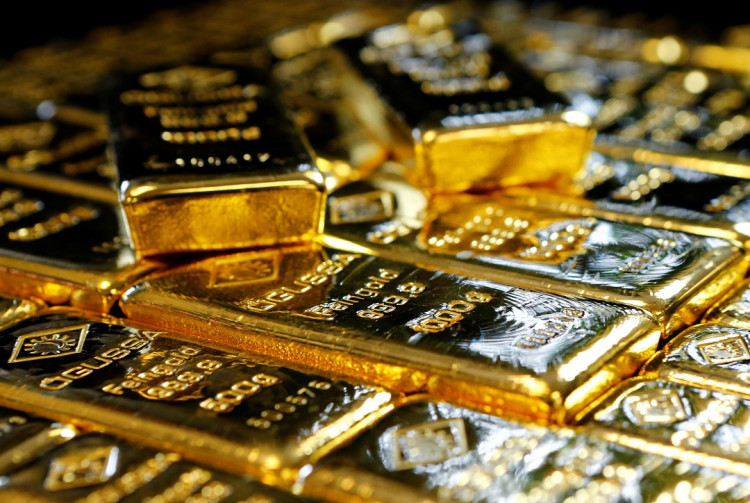Central banks are continuing to buy gold to diversify their reserves, even amid a notable rally in the metal's price, representatives from several central banks said at the London Bullion Market Association's (LBMA) annual conference in Miami on Monday. Despite elevated global interest rates and gold's spot price surging by 28% this year, gold remains a crucial asset for financial security and strategic reserve diversification.
Representatives from the central banks of the Czech Republic, Mongolia, and Mexico confirmed their sustained interest in gold, each citing different reasons for its importance. Enkhjin Atarbaatar, head of the financial markets department at the Central Bank of Mongolia, emphasized that gold's role as a secure asset is increasing within the country's reserves. Meanwhile, Marek Sestak, deputy executive director of the risk management department at the Czech National Bank (CNB), noted that gold is primarily viewed as a diversifier for the Czech Republic's reserves.
"Gold still holds an important position in central bank reserves, not just for financial diversification, but also as a secure, stable asset in volatile markets," said Sestak.
Despite their commitment to gold, none of the three central banks said they were actively engaging in gold derivatives trading. They continue to store their gold reserves in London, which remains the central trading hub. Mongolia, however, expressed limited interest in repatriating some of its gold for storage within its own borders.
According to the World Gold Council, global central bank gold purchases increased by 6% in the second quarter of 2024, amounting to 183 tons. However, these purchases are expected to slow for the full year, with forecasts predicting that central banks will reduce their buying by approximately 150 tons compared to 2023.
Gold's steady demand from central banks has provided consistent support for prices, even as global interest rates remain high. However, the recent rally in gold prices has prompted some central banks to slow their pace of buying.
At the same time, market participants are closely watching for further signals from the U.S. Federal Reserve, which could impact the direction of gold prices. Spot gold held steady at $2,648.89 per ounce on Tuesday, while U.S. gold futures remained unchanged at $2,665.50.
Waiting for Fed Signals on Interest Rates
Investors are now awaiting further guidance from the Federal Reserve on its stance regarding potential interest rate cuts. Lower interest rates tend to increase the appeal of non-yielding assets like gold, as they reduce the opportunity cost of holding such investments.
Federal Reserve Governor Christopher Waller recently urged "more caution" when considering interest rate cuts, indicating that while the economy is currently stable, rate reductions should be approached carefully. Meanwhile, Neel Kashkari, President of the Federal Reserve Bank of Minneapolis, suggested that additional rate cuts are likely on the horizon as inflation nears the Fed's 2% target.
Bets on a 25-basis-point cut in the Fed's November meeting stand at 86.5%, according to CME Group's FedWatch tool, keeping traders on alert for further updates from the central bank. Key U.S. economic data, including retail sales, industrial production, and jobless claims figures, will also be closely monitored for signs of the Fed's next move.
Geopolitical and Economic Factors Add to Gold's Appeal
In addition to central bank actions, geopolitical developments continue to influence gold markets. Ongoing tensions in the Middle East have contributed to gold's safe-haven status. Israel recently expanded its military actions against Hezbollah militants in Lebanon, killing at least 21 people in a northern airstrike, according to local health officials. These developments add another layer of uncertainty to global markets, further supporting demand for gold.
Elsewhere in the metals market, spot silver remained steady at $31.19 per ounce, while platinum held at $992.97 per ounce. Palladium slipped slightly, down 0.3% to $1,026.43 per ounce.
China's economic data also weighed on metals markets. The country's export growth slowed considerably in September, while imports unexpectedly decelerated, missing analysts' forecasts. As the world's largest metals consumer, China's economic performance remains a critical factor in global metals demand.






